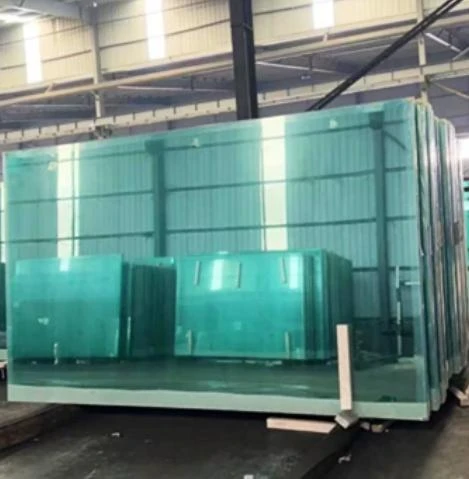lis . 14, 2024 23:12
Architectural Glazing Products Enhancing Aesthetics and Functionality in Modern Design
In contemporary architecture, glazing has become a pivotal element that not only enhances the aesthetic appeal of structures but also contributes significantly to their functionality. Architectural glazing products encompass a wide range of materials and technologies that serve various building purposes, from maximizing natural light to improving energy efficiency. As the demand for innovative design solutions and sustainable building practices continues to grow, understanding the various architectural glazing options available has never been more critical.
The Role of Architectural Glazing
Architectural glazing products play a crucial role in the overall design and performance of buildings. They provide transparency, allowing occupants to connect visually with the outside environment while creating an open and inviting atmosphere. Furthermore, glazing can act as a barrier against the elements, offering protection from wind, rain, and noise, thereby enhancing occupant comfort and wellbeing.
One of the key benefits of architectural glazing is its ability to maximize daylighting, which has been shown to improve mood, productivity, and overall satisfaction in living and workspaces. Large glass facades, skylights, and glass partitions are increasingly utilized to create bright interiors that reduce the reliance on artificial lighting, ultimately contributing to energy savings.
Types of Architectural Glazing Products
1. Insulated Glass Units (IGUs) These consist of two or more glass panes separated by a spacer and sealed to create an insulated barrier. IGUs are designed to improve thermal performance and reduce heat transfer, making them an ideal choice for energy-efficient buildings.
2. Low-E Glass Low-emissivity (Low-E) glass is coated with a thin layer of metal or metallic oxide that reflects thermal energy. This product allows natural light to enter while minimizing heat loss in the winter and reducing heat gain in the summer, making it an essential component of sustainable architectural design.

3. Laminated Glass Laminated glass consists of two or more layers of glass bonded together with an interlayer, providing enhanced safety and sound insulation. In case of breakage, the glass remains adhered to the interlayer, minimizing the risk of injury and facilitating secure environments.
4. Glass Curtain Walls These non-structural cladding systems allow for panoramic views and are characterized by their ability to create a striking visual impact. Curtain walls can be composed of a variety of glazing types, offering flexibility in design while ensuring high-performance metrics in terms of thermal and structural integrity.
5. Smart Glass Integrating modern technology, smart glass can change its properties in response to external stimuli such as temperature, light, or electrical charge. This innovation allows for dynamic control of light and heat, offering opportunities for enhanced energy savings and user comfort.
Sustainable Practices and Innovations
The architectural glazing industry is progressively moving towards sustainability. Innovations such as triple glazing, vacuum insulating glass, and recycled technologies are leading the way to minimizing carbon footprints. Additionally, the integration of solar control technologies, such as electrochromic glass and photo-voltaic glazing, allows buildings to produce renewable energy while maintaining optimal light and temperature levels inside.
Moreover, the lifecycle assessment of glazing products is becoming a standard practice, ensuring that architects and builders consider environmental impacts from production to disposal. This holistic viewpoint is essential in the pursuit of sustainable architecture.
Conclusion
Architectural glazing products are at the forefront of modern building design, offering an amalgamation of visual appeal and functional performance. As architects and builders continue to embrace innovative glazing solutions, the future of architectural design looks promising, bridging the gap between aesthetic beauty and environmental stewardship. By selecting the right glazing products, designers can create spaces that not only captivate and inspire but also contribute positively to the environment. In a world increasingly focused on sustainable practices, the role of architectural glazing will undoubtedly remain vital in shaping the buildings of tomorrow.
The Role of Mirror Glass in Luxury Interior Design
NewsJun.23,2025
The Best Textured Glass for Bathroom Windows
NewsJun.23,2025
Residential Glazing Energy Efficiency Requirements
NewsJun.23,2025
Float Glass Uses
NewsJun.23,2025
Clear Float Glass For Solar Panel Covers
NewsJun.23,2025
Benefits Of Using A Glass Mouse Pad Over Traditional Ones
NewsJun.23,2025